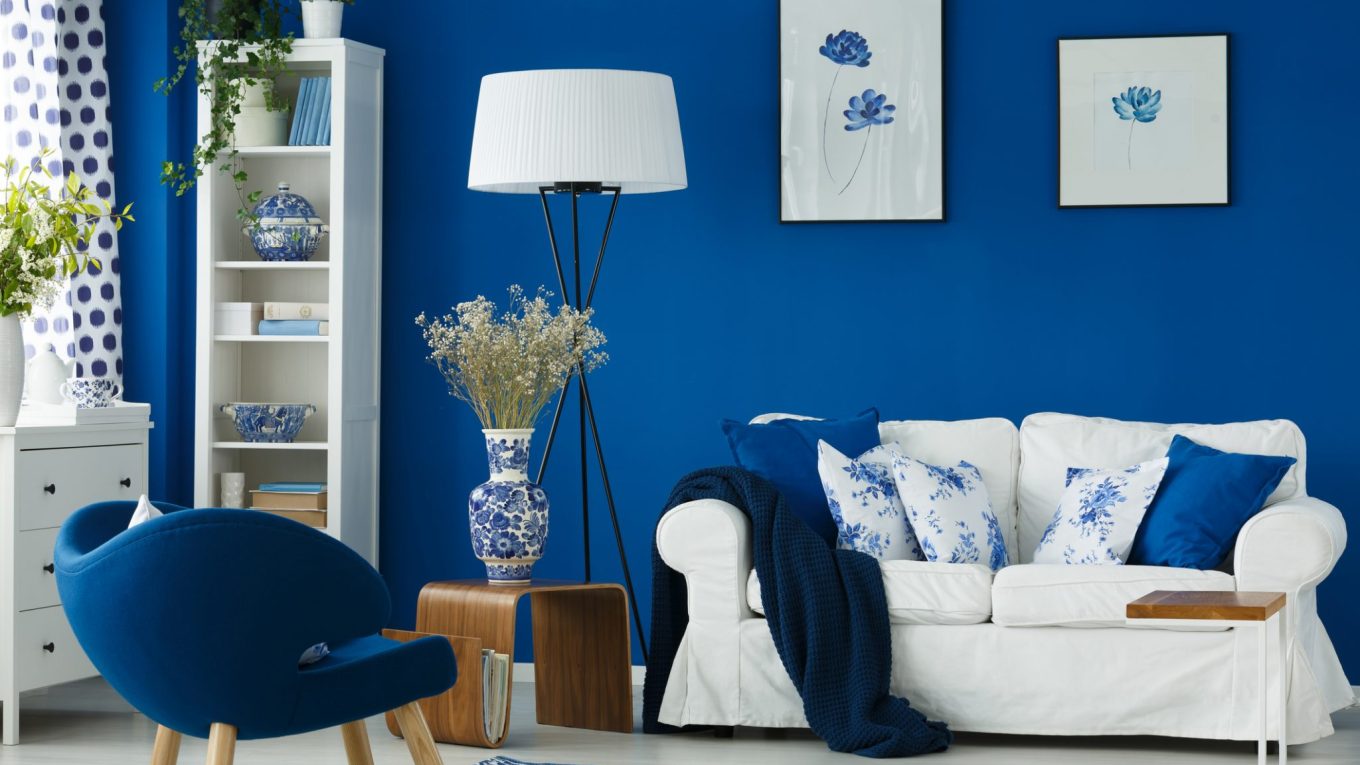The Impact of Color Schemes in Small Space Decorating
Table of Contents
Understanding the Impact of Color Schemes on Small Space Decorating
Most people think that small spaces call for plain and neutral tones, but working with color schemes and incorporating bold hues can really open up a room and elevate its ambiance. To begin understanding how to use color schemes in small space decorating, you’ll need to understand what a color scheme is, the principles of interior design, and the psychological impact color has.
What is a Color Scheme?
A color scheme is the combination of colors chosen for a particular space. The selection of colors is based mainly on the mood and the atmosphere desired for that space. Before decorating any small space, you will need to take into account the wall color, the furniture, and the accessories, to identify the color scheme of the room. Designers use various types of color theories to create interesting and harmonious color combinations in any space.
The Principles of Interior Design
Unlike paint-by-number pieces of art, interior design incorporates many more elements when decorating a small space. Architects and designers often use a set of principles to ensure that their designs are aesthetically pleasing to the eye, comfortable to use, and reflect the homeowner’s style and personality. The principles that make up a great small space design are:
-
- Balance
-
- Rhythm
-
- Proportion
-
- Emphasis
-
- Harmony
These principles are used to create the desired feeling of a room and make sure it doesn’t become overcrowded or look chaotic.
The Psychological Impact of Color
Color has a major psychological effect on how people perceive and experience small spaces. Colors can be used to create specific atmospheres, evoke different emotions, and even convey different messages. Each color has a different energy and feeling associated with it, so it needs to be used intentionally and strategically. For example, warm-toned colors create inviting and cozy atmospheres, while cool-toned colors are believed to provide much-needed tranquility.
How to Use Color Schemes in Small Space Decorating
Utilizing color schemes in small space decorating can trigger interesting reactions, stimulate conversations, and greatly change the ambiance of the room. Here are some tips on how to use color schemes to add personality and style to any small space:
-
- Start with Neutral Tones: Start with a neutral color pallet that complements the rest of the room and then add color through textures and furniture. Gray, beige, and white are great bases for a small space.
-
- Incorporate Color: Rich colors such as navy blue, black, and deep shades of green create a dramatic look and give the space some personality. If you want to keep things light and airy, you can use pastels to add some spark to your décor.
-
- Create Contrasts: Use light and dark colors to create contrast and create visual interest. Balance bright colors with natural and neutral colors and create an intentional imbalance that gives the room a unique appeal.
-
- Focus on a Color: If you want to incorporate a color scheme in your small space, focus on one or two colors and use them throughout the room. For example, you could go with pastel colors like white and light greens, or bright colors like red and black to add a bold touch.
Conclusion
Using colors to decorate a small space can be a difficult task, but with a comprehensive understanding of color schemes, interior design principles, and the psychological effects of colors, you can create beautiful and stimulating spaces. To get the best results, focus on one or two colors, incorporate neutral tones, and use color contrasts to create visual interest.


